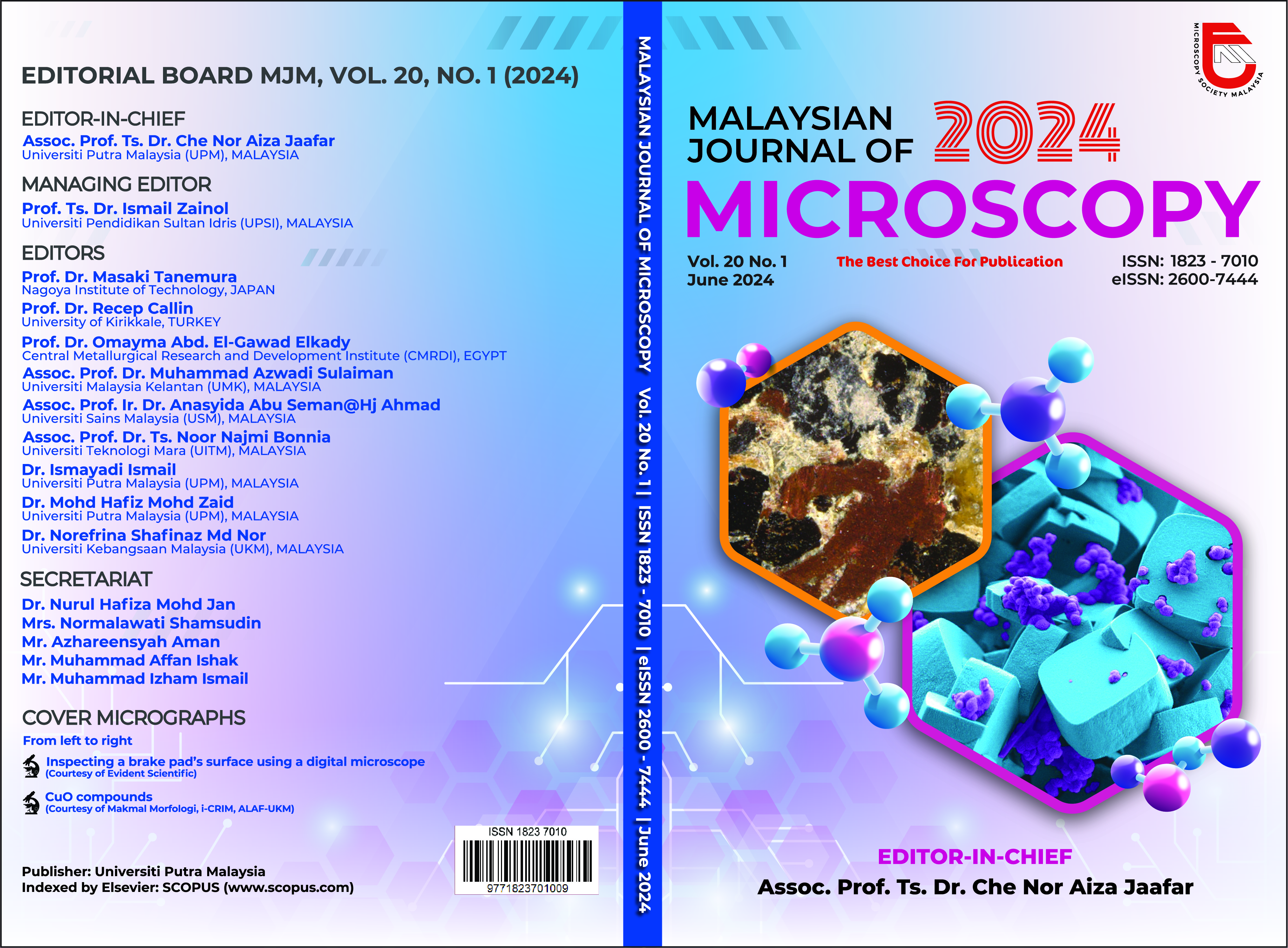ZERO WASTE LATENT FINGERMARK DEVELOPING NANOPOWDER FROM EGGSHELLS
Abstract
Abstract
The powder dusting technique is the most versatile latent fingermark development method, enhanced through nanotechnology. This research synthesised nanoparticle-based high-definition fingerprint developing powder from agriculture waste. Eggshells produced from local food outlets were subjected to stepwise thermal treatments, carbonisation and calcination at 80 ℃ (2 hours) and 900 ℃ (3 hours), respectively. The powder's efficiency for latent fingermark development was tested in two phases; multiple surfaces and multiple donor studies. The first phase tested the efficiency of powder compared to the commercial white powder (SIRCHIE) across varied non-porous surfaces. The second phase was carried out using 150 random fingermark donors. The fingermark was graded based on the ridges' clarity, and scores were analysed. Fine white calcium oxide powder was produced from thermal treatment. Upon application on latent fingermarks, the synthesised powder exhibited high selectivity and sensitivity to fingermark residue, resulting in clear ridge details. Independent t-test analysis of fingermark grades in Phase 1 (tplastic = -2.366, p-value = 0.031; tmetal = -0.849, p-value = 0.409; tglass = -0.918, p-value = 0.372) revealed significant difference in development on plastic surface alone attributed to the adhesive property of the SIRCHIE. Meanwhile, phase 2 data (tmale = -3.809, p-value <0.001; tfemale = -3.145, p-value = 0.002) showed that there was significant improvement in the clarity and contrast of the fingermarks developed using calcium oxide powder. Findings of this research may contribute to increased fingermark recovery in the crime scenes and provide a safer and cost-effective alternative to the commercial white powder.


